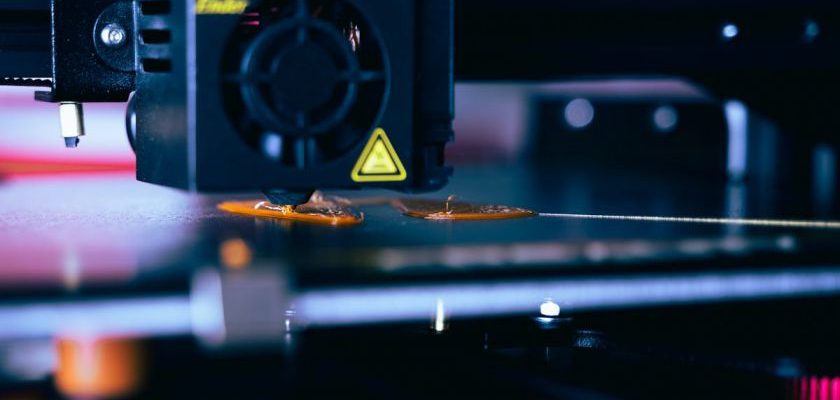Industrial lasers have revolutionized the manufacturing industry, particularly in the realm of material cutting. These high-powered beams of concentrated light have become an indispensable tool for precision cutting across various materials. Let’s delve into how industrial lasers are utilized in material cutting and the advantages they offer.
**Versatility in Material Cutting**
One of the key advantages of industrial lasers in material cutting is their versatility. Whether it’s metals, plastics, ceramics, or composites, industrial lasers can cut through a wide range of materials with high precision. This flexibility makes them an ideal choice for industries such as automotive, aerospace, electronics, and more, where intricate and accurate cutting is essential.
**Precision and Accuracy**
Industrial lasers are renowned for their ability to deliver precise and accurate cuts, even on the most complex shapes and patterns. The focused beam of light allows for narrow kerf widths, resulting in minimal material wastage and clean cuts without the need for secondary finishing processes. This level of precision is crucial in industries where tight tolerances are required to ensure the quality of the final product.
**Speed and Efficiency**
In addition to precision, industrial lasers offer high cutting speeds, making them incredibly efficient in the manufacturing process. Compared to traditional cutting methods, such as mechanical cutting or water jet cutting, lasers can significantly reduce processing times, thereby increasing productivity and lowering production costs. This speed and efficiency make industrial lasers a cost-effective solution for manufacturers looking to streamline their operations.
**Non-Contact Cutting**
Unlike mechanical cutting methods that involve physical contact with the material, industrial lasers enable non-contact cutting. This non-invasive approach eliminates the risk of material deformation or contamination, ensuring that the integrity of the material remains intact throughout the cutting process. Non-contact cutting also reduces wear and tear on cutting tools, leading to longer tool life and lower maintenance costs.
**Intricate Designs and Prototyping**
Industrial lasers are not only capable of cutting straight lines but also intricate designs and patterns with high precision. This capability is particularly valuable in industries that require complex shapes or prototypes, such as the jewelry, signage, and medical industries. By using industrial lasers, manufacturers can easily create prototypes and test designs before committing to large-scale production, saving time and resources in the process.
**Enhanced Safety Measures**
Industrial lasers are equipped with advanced safety features to protect operators and ensure a secure working environment. From beam enclosures to safety interlocks and monitoring systems, these measures help prevent accidents and minimize the risk of exposure to the laser beam. By prioritizing safety, manufacturers can create a safe working environment for their employees while maximizing the benefits of industrial lasers in material cutting.
**Conclusion**
Industrial lasers have transformed the way materials are cut in the manufacturing industry, offering unparalleled precision, speed, and efficiency. With their versatility and ability to cut a wide range of materials, industrial lasers have become an essential tool for manufacturers seeking to enhance their cutting processes and elevate the quality of their products. By harnessing the power of industrial lasers, manufacturers can unlock new possibilities in material cutting and stay ahead in today’s competitive market.

